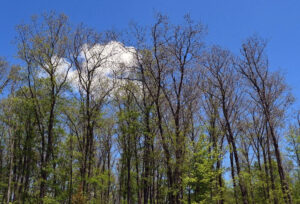When it comes to fighting invasive plants, Wisconsin’s Cooperative Invasive Species Management Areas (CISMAs) are often the first line of defense (and offense).
These regional groups provide a localized resource for landowners looking for invasive plant education, identification support and assistance with controlling invasives on their properties.


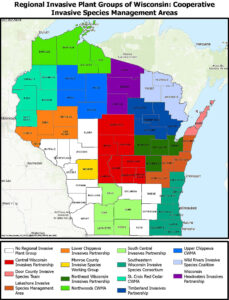 When it comes to fighting invasive plants,
When it comes to fighting invasive plants, 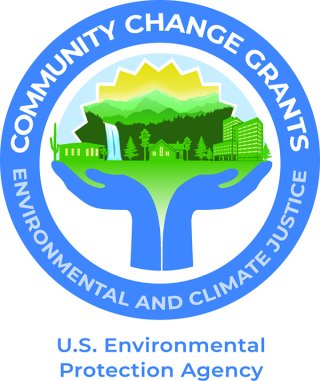 The U.S. Environmental Protection Agency (EPA)’s new
The U.S. Environmental Protection Agency (EPA)’s new 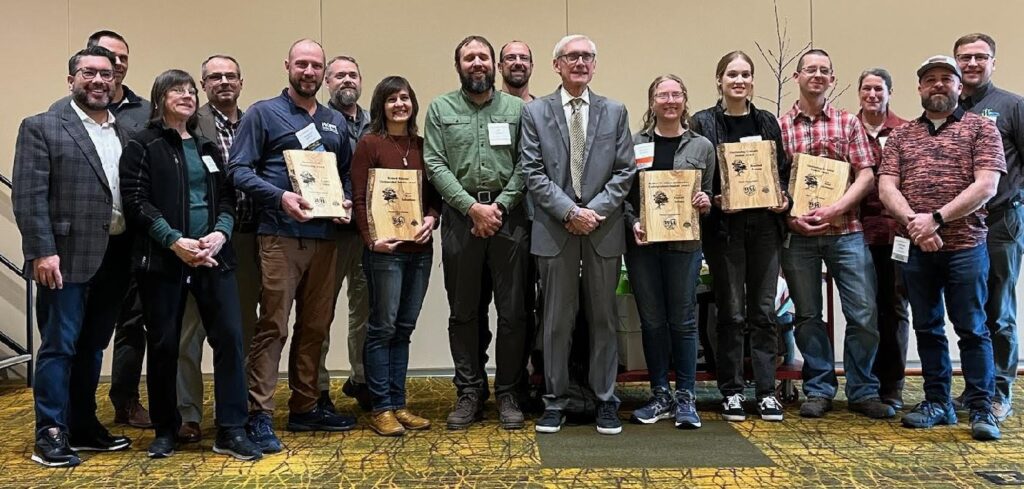
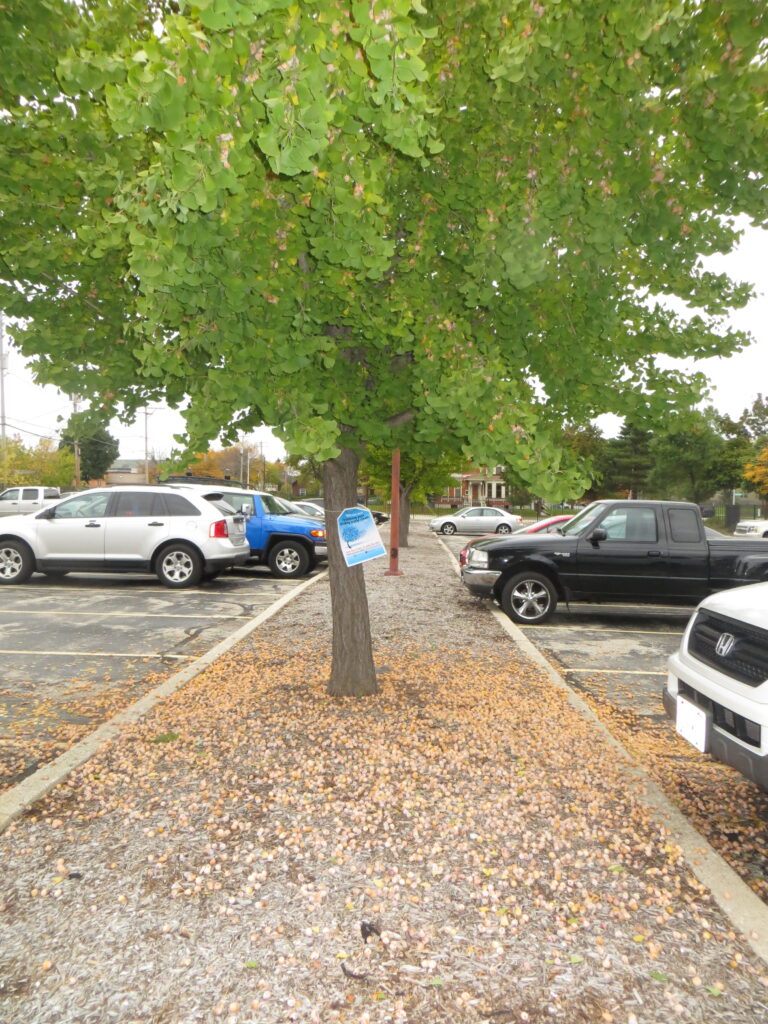 Cities, villages, towns, counties, tribes and 501(c)(3) nonprofit organizations in or conducting urban forestry projects in Wisconsin can now apply for a regular or startup 2025 Wisconsin Department of Natural Resources (DNR) Urban Forestry Grant.
Cities, villages, towns, counties, tribes and 501(c)(3) nonprofit organizations in or conducting urban forestry projects in Wisconsin can now apply for a regular or startup 2025 Wisconsin Department of Natural Resources (DNR) Urban Forestry Grant.